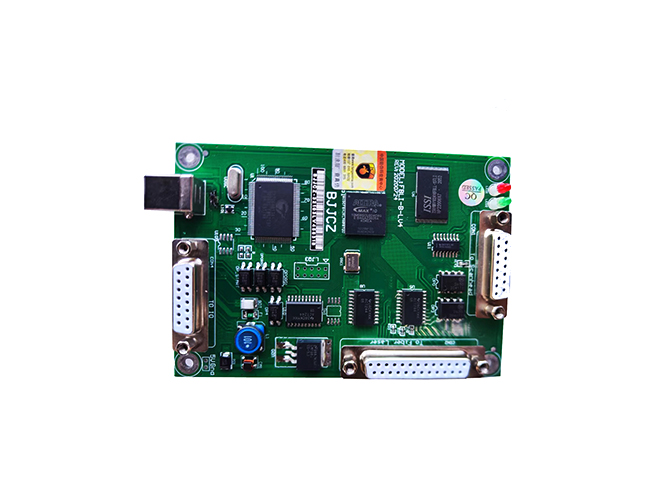-
CN
-
Service Hotline
+8618129931046 Mr. Liao


Time:2025-05-27 Views:1

The lead-free hot air solder leveling (HASL) process is an essential technique in the manufacturing of single-sided printed circuit boards, especially in the context of environmental regulations and the push for more sustainable electronics manufacturing. This process is used to apply a thin, even layer of solder to the exposed copper pads and traces on the PCB, providing a reliable surface for component soldering.
In the lead-free HASL process, the single-sided PCB first undergoes a series of cleaning and preparation steps. The board is typically cleaned to remove any contaminants, such as dust, oils, or oxidation on the copper surface. This ensures good adhesion of the solder to the copper. After cleaning, the PCB is preheated to an appropriate temperature to facilitate the soldering process and prevent thermal shock during immersion in the molten solder bath.
The molten solder bath used in lead-free HASL contains a lead-free solder alloy, commonly composed of tin, copper, and sometimes small amounts of other elements like silver. The PCB is then immersed into the molten solder bath, allowing the solder to wet the exposed copper surfaces. The immersion time and temperature are carefully controlled to ensure proper solder coverage without causing damage to the PCB or its components.
Following immersion, hot air knives are used to blow away excess solder, leaving a smooth and even layer of solder on the PCB. The hot air knives operate at high speeds and precise temperatures, ensuring that the solder layer is of consistent thickness across the entire board. This is crucial for ensuring reliable electrical connections when components are soldered onto the PCB.
The lead-free HASL process for single-sided PCBs offers several advantages. It provides a cost-effective and reliable method for preparing the PCB surface for soldering, meeting the requirements of modern electronics manufacturing. Additionally, lead-free soldering aligns with environmental regulations, such as the Restriction of Hazardous Substances (RoHS) directive, which aims to reduce the use of hazardous materials in electronics. While the lead-free HASL process may have some challenges compared to traditional lead-based soldering, such as higher soldering temperatures and potential issues with solder joint reliability, continuous improvements in process parameters and materials have made it a viable and widely adopted solution for single-sided PCB manufacturing.